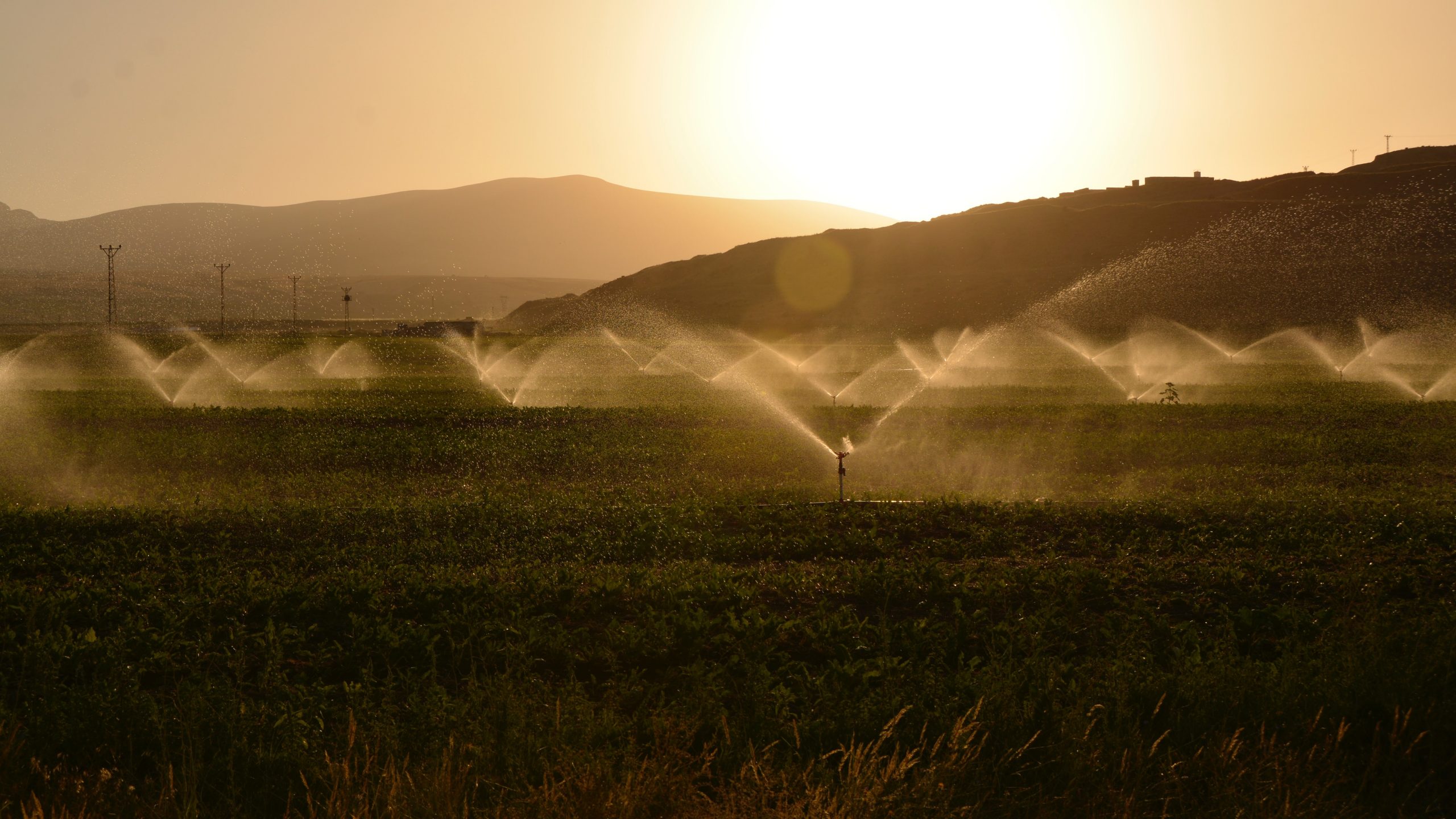Irrigation, or Lack Thereof, on an American Indian Reservation

Water is a key resource for agriculture and is of practically immeasurable value. Inability to maintain consistent access to water can have a damaging ripple effect across farming communities. ARE’s Eric Edwards and his coauthors used a case study to conclude that a lack of economic resources has led to less irrigated land on tribal farming acreage and therefor less productivity and profit. This paper illuminates a shortcoming that private and public interests could work together on to identify solutions.
Abstract
American Indian reservations have low incomes and high rates of poverty relative to adjacent communities, and the income gap appears to be even larger for Indian farmers. We examine the extent to which a lack of access to capital might explain these differences using irrigation systems as a proxy for on‐farm investment around the Uintah‐Ouray Indian Reservation in eastern Utah. Uintah land is held in trust by the US government, and farmers on this land face significant barriers to acquiring capital to invest in irrigation equipment and infrastructure. We use the boundaries from a 1905 land allotment as a natural experiment, employing both sharp and fuzzy regression discontinuity designs to explore whether agricultural land use, irrigation levels, irrigation investment, and crop choice differ across the boundary. The original allocation provided similar land in the immediate neighborhood around its borders, and our results suggest that today tribal trust land is farmed and irrigated at rates similar to adjacent land. However, conditional on being irrigated, tribal trust land is around thirty‐two percentage points less likely to utilize capital‐intensive sprinkler irrigation, and up to ten percentage points less likely to grow high‐value crops. Trust ownership, which is characterized by cumbersome bureaucratic processes, limits on agricultural lease flexibility, and the inability to use land as collateral to acquire loans, is a likely explanation for the observed differences.
- Categories:


